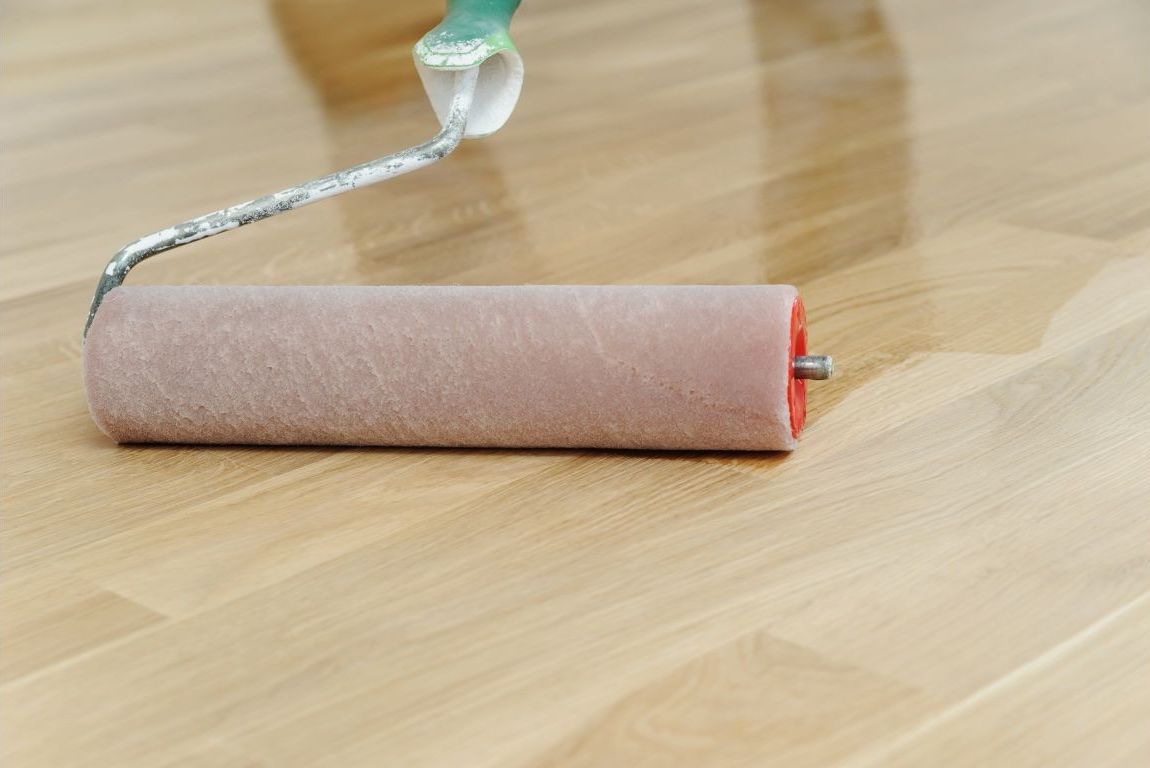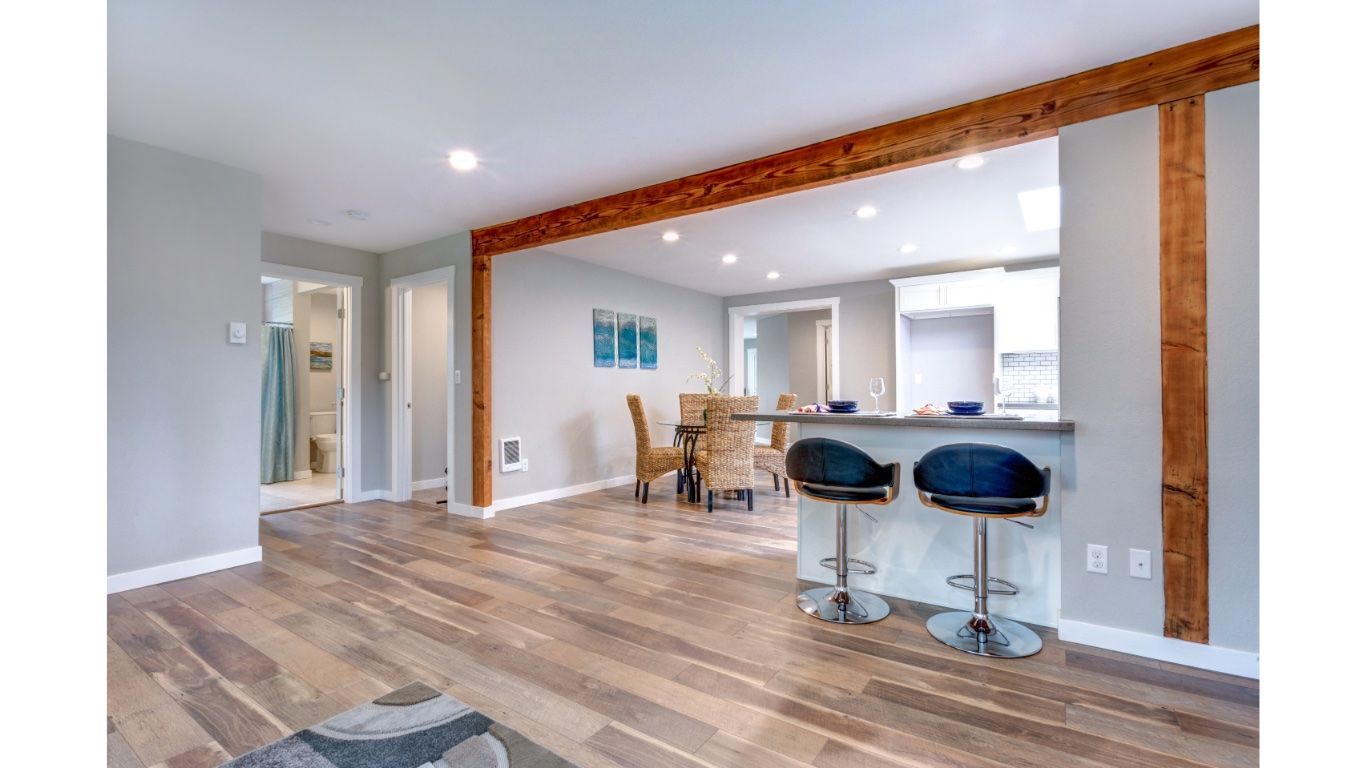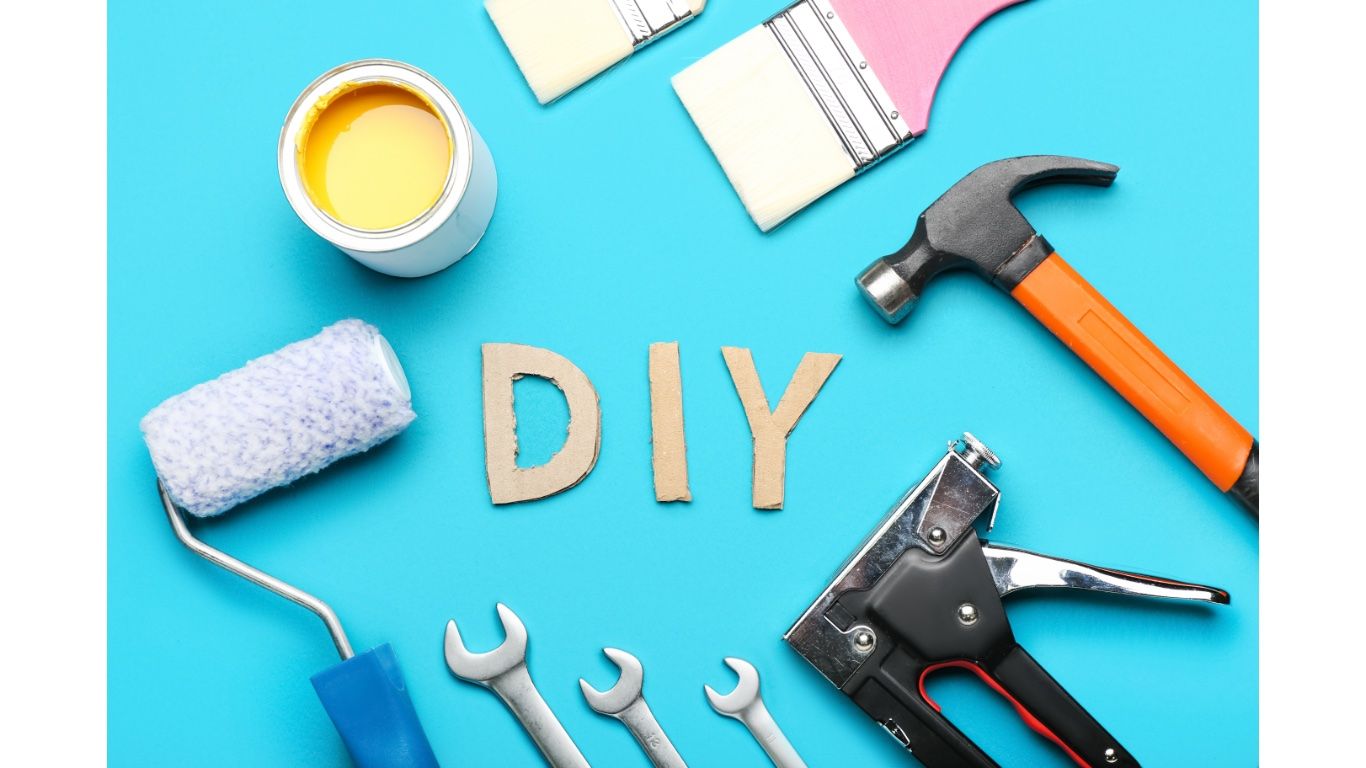Cost To Refinish Hardwood Floors
Refinishing hardwood floors is an exciting project that can breathe new life into your home. While it offers numerous benefits, one important aspect to consider is the cost involved. The expense of refinishing hardwood floors varies depending on several factors. In this article, we’ll explore those factors and shed some light on what you can expect when refinishing your hardwood floors. But, in summary, refinishing costs typically range from $3 - $7 per square foot.
Size Of The Room Or House
As you probably expected, the size of the space(s) is a key factor that affects the overall cost of refinishing hardwood floors. Larger rooms require more time, effort, and materials, which increases the expense. Flooring contractors often charge per square foot, so the bigger the room or the overall square footage, the higher the cost. Additionally, some spaces may have more intricate layouts or additional features like stairs, which can further add to the overall project cost.
Current State of Flooring
The condition of your hardwood floors plays a big role in determining the overall cost of refinishing. If the floors are in relatively good condition with minimal damage and wear, the process may involve light sanding and a simple reapplication of finish, resulting in lower costs. However, if the floors are severely damaged, warped, or have extensive wear if floors are buried under the carpet that needs to be ripped out, then repairs and additional preparatory work is likely to be required. This could involve replacing damaged boards, addressing structural issues, or leveling the subfloor. If floors have water damage this also requires additional steps that will impact the final cost, as all of these scenarios require extra materials, labor, and time.

Sanding and Staining
Sanding and staining are the two major steps in a hardwood floor refinishing project, and they make up a large part of the labor and material costs of the job. Sanding your floors with drum and belt sanders prepares the surface to be stained and finished as it removes signs of wear and tear and damage. Depending on the state of the flooring, several rounds of sanding may be required, which increases the time spent on the job. The cost of staining depends on the quality of the stain selected.
Additional Costs To Be Considered
Furniture and other belongings will need to be removed from the spaces being refinished before the project begins. Some homeowners move these items to areas of the home (such as the basement) that are not being refinished, at little to no cost. If the entire house is being refinished, or other areas of the home are not available to store furniture, then costs may be incurred to rent temporary storage or a pod to store the items during the refinishing process.
Common costs to refinish single-family homes range from $1,000 - $3,000+. But as we have discussed here, costs do vary significantly based mostly on the size of the home and the current state of your flooring.
Keep in mind that refinishing your hardwood floors is significantly less expensive than replacing them, so it is an excellent place to start if your flooring needs some TLC. And, you don’t need to track all of these factors that we have discussed, just
give us a call and we can provide you with an estimate that is specific to your home and your project.
You might also like
Blog



Request a Quote
Royal Floor Refinishing Leads
We will get back to you as soon as possible.
Please try again later.
All Rights Reserved | Royal Floor Refinishing | Powered by Snapps

